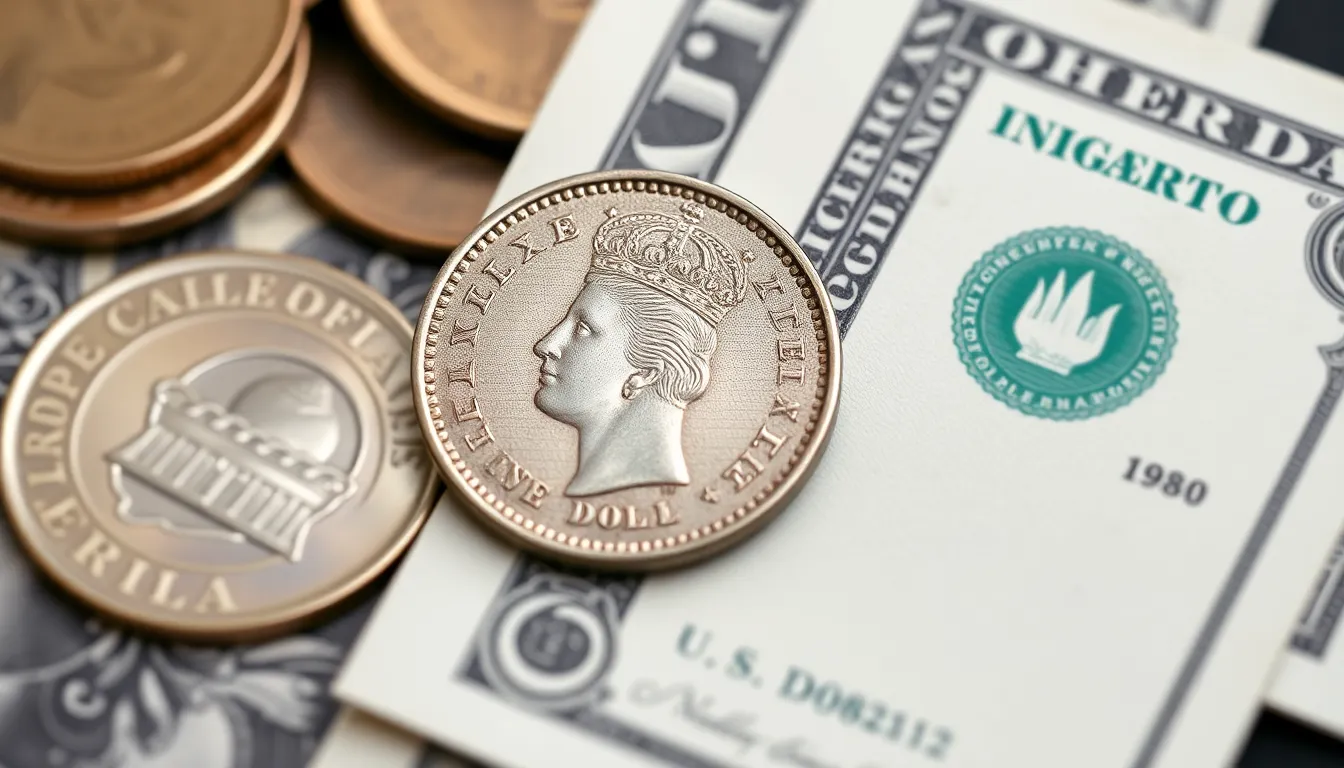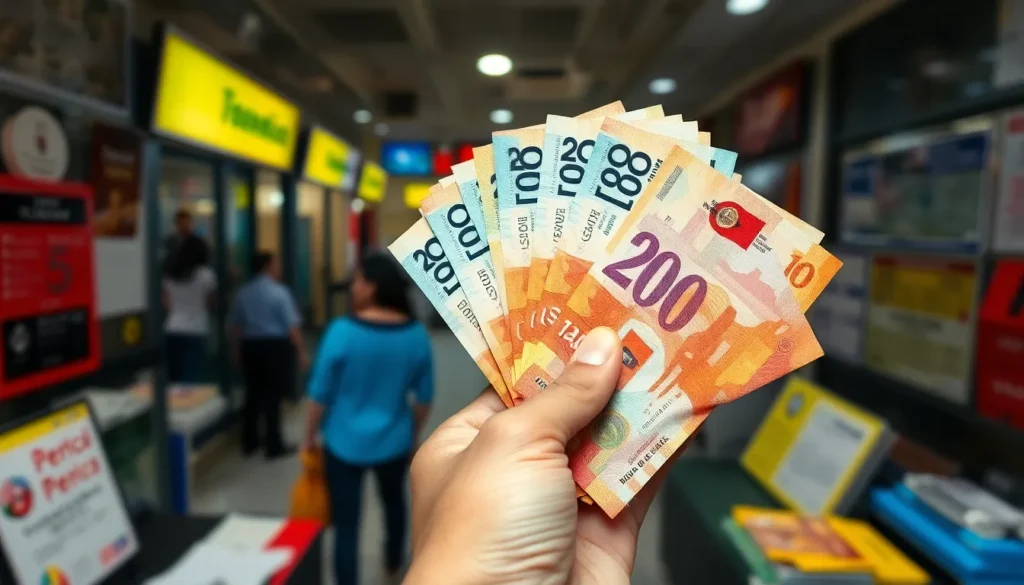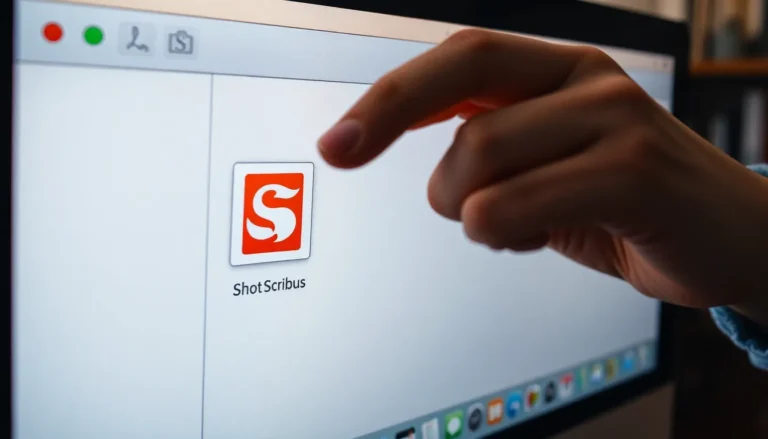Table of Contents
ToggleIn today’s global economy, understanding currency conversion is essential for travelers, investors, and anyone engaging in international trade. The question of how much 20,000 pesos translates to in dollars often arises, especially for those planning trips to countries where pesos are the primary currency. With fluctuating exchange rates, staying informed can make a significant difference.
Converting pesos to dollars isn’t just about numbers; it reflects broader economic trends and financial decisions. By grasping the current exchange rate, individuals can make smarter choices regarding their finances, whether it’s budgeting for a vacation or investing in foreign markets. This article delves into the conversion process and provides insights into the factors influencing currency values, ensuring readers have the knowledge they need for their financial journeys.
Overview of Currency Conversion
Currency conversion involves calculating the equivalent value of one currency in another. Understanding the conversion of 20,000 pesos to dollars requires knowledge of current exchange rates. Exchange rates fluctuate due to economic factors such as inflation, interest rates, and market demand. For instance, a favorable exchange rate increases the dollar amount received for pesos.
Travelers often need to convert currencies to budget effectively for trips. Investors monitor exchange rates to make informed decisions about foreign investments. Businesses engaged in international trade must also understand currency conversion to manage costs and pricing strategies. By grasping these concepts, individuals and organizations can improve their financial planning and decision-making processes.
Using a reliable currency conversion tool ensures accurate calculations. Currency converters take real-time data from currency markets, providing up-to-date exchange rates. Proper conversions enhance the ability to evaluate costs, benefits, and potential risks associated with financial transactions across borders. Understanding the nuances of currency conversion strengthens financial literacy and encourages proactive management of funds in global markets.
Understanding the Peso and Dollar

Understanding the history of the peso and the dollar provides valuable context for currency conversion. Knowledge of their origins and development helps clarify their current roles in the global economy.
The Peso: A Brief History
The peso originates from the Spanish dollar, introduced in the 16th century. Through the years, various countries adopted and adapted the currency, leading to the establishment of several peso versions. Countries like Mexico and the Philippines currently use the peso as their official currency. The Mexican peso, symbolized as MXN, experiences fluctuations based on economic conditions, inflation rates, and political stability. In 1993, Mexico introduced the new peso, replacing the old peso at a rate of 1,000 to 1. Its value influences trade, tourism, and investment activities.
The Dollar: A Brief History
The U.S. dollar emerged in the late 18th century, aligning closely with the Spanish dollar. The Coinage Act of 1792 established the dollar as the official currency of the United States, defining it in terms of specific weights of silver and gold. Over time, the dollar surpassed other currencies in global importance. The Bretton Woods Agreement in 1944 solidified its status, linking it to international trade and finance. The dollar is commonly represented by the symbol USD and serves as the world’s primary reserve currency, making it vital for international transactions and investments. Its stable value is influenced by economic indicators, government policies, and market demand.
Current Exchange Rate for 20 000 Pesos to Dollars
To convert 20,000 pesos into dollars, use the current exchange rate, which fluctuates regularly. As of October 2023, the exchange rate for the Mexican peso (MXN) to the U.S. dollar (USD) is approximately 17.75 pesos per dollar. This means that 20,000 pesos equate to about 1,126.58 dollars.
Exchange Rate Calculation
| Amount in Pesos (MXN) | Exchange Rate (MXN to USD) | Equivalent in Dollars (USD) |
|---|---|---|
| 20,000 | 17.75 | 1,126.58 |
Factors Influencing the Exchange Rate
- Inflation Rates: Inflation in Mexico compared to the U.S. can lower the value of the peso.
- Interest Rates: Higher interest rates in the U.S. attract foreign capital, strengthening the dollar.
- Political Stability: Stable political environments in the U.S. encourage investment, impacting the dollar’s strength.
Monitoring these factors helps understand how the value of 20,000 pesos may change when converting to dollars. Currency conversion tools and platforms provide real-time exchange rates, ensuring the most accurate and up-to-date information for financial planning.
Factors Influencing Currency Exchange Rates
Several factors significantly influence currency exchange rates, which in turn affects the value of 20,000 pesos in dollars. Understanding these factors can improve financial decision-making.
Economic Indicators
Economic indicators play a crucial role in determining currency value. Inflation rates reflect the purchasing power of a currency; higher inflation typically devalues the currency. Interest rates influence currency strength as well; when a country’s interest rates rise, its currency may appreciate due to foreign capital inflow. Gross Domestic Product (GDP) growth also impacts currencies; a growing economy strengthens the currency as it suggests stability and investment potential. Other indicators like employment rates and trade balances provide insights into economic health, influencing investor confidence and currency demand.
Political Stability
Political stability affects currency exchange rates significantly. Countries with stable governments attract foreign investment, leading to stronger currencies. Conversely, political turmoil, such as protests or changes in leadership, can destabilize a country’s economy, causing currency depreciation. Investors often seek stability for their investments; thus, a country’s political condition can lead to fluctuations in its currency value. Monitoring political events and government policies helps anticipate changes that may impact exchange rates.
How to Convert 20 000 Pesos to Dollars
Converting 20,000 pesos to dollars requires using current exchange rates. Various methods exist for accurate currency conversion.
Using Online Currency Converters
Online currency converters offer easy and efficient ways to convert pesos to dollars. Many websites and mobile apps provide real-time exchange rates. Examples include XE.com and OANDA.com. Users input the amount in pesos, select the desired currency, and receive immediate conversion results. Most converters also display historical rates, helping users track fluctuations over time. It’s essential to choose a reputable converter, as rates can differ slightly between platforms.
Bank and Financial Institution Rates
Banks and financial institutions provide another method for currency conversion. They often offer services for currency exchange with established rates. Conversion rates from banks may vary from online converters, typically including service fees. Users can visit bank branches or utilize online banking services to exchange pesos for dollars. Understanding that these rates might not reflect the interbank rates available to larger financial entities is crucial. Checking multiple institutions helps ensure the best possible conversion rate.
Tips for Currency Conversion
Understanding effective currency conversion strategies enhances financial decisions for travelers and international investors. Here’s how to navigate the process smoothly.
Timing Your Exchange
Timing influences the amount received during currency conversion. Exchange rates fluctuate constantly, often affected by market demand, economic events, and geopolitical developments. Observing trends over several days or weeks helps identify favorable periods for converting pesos to dollars. Utilizing historical data from reliable resources, like XE.com or OANDA.com, aids in recognizing patterns. Users can set alerts for specific exchange rates to optimize their conversion timing.
Fees and Charges to Consider
Fees and charges can significantly impact the final amount received when converting currency. Banks and exchange services often apply service fees or markups on the exchange rate. To avoid unexpected costs, individuals should compare rates and fees across multiple providers, including online converters and local banks. Reading the fine print helps users understand fees and select the most cost-effective options. Taking these charges into account ensures accurate budgeting and maximizes the value of converted funds.
Understanding the conversion of 20,000 pesos to dollars is crucial for anyone engaging in international travel or investment. By grasping the factors that influence exchange rates and utilizing reliable conversion tools, individuals can make better financial decisions.
Staying informed about market trends and historical data can enhance the timing of currency exchanges, maximizing the value received. It’s also essential to consider fees associated with currency conversion to avoid unexpected costs.
With this knowledge, individuals can navigate the complexities of currency exchange confidently, ensuring effective budgeting and strategic financial planning.








